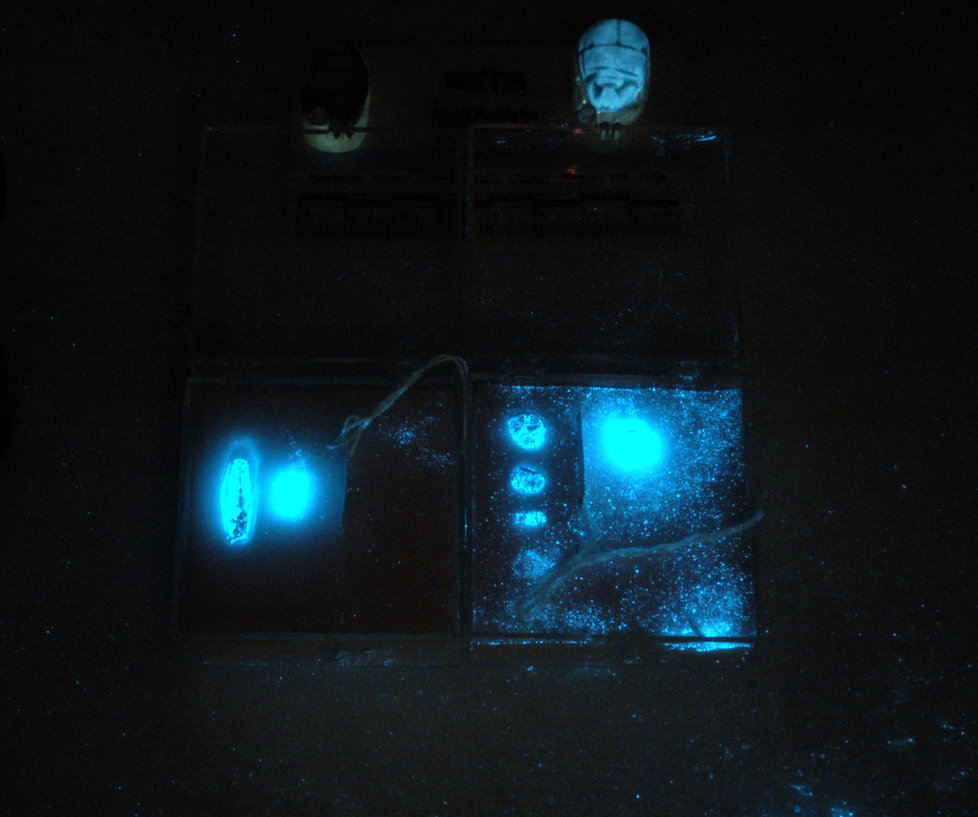
Infrared Luminescence and the Beads of Nuzi and Serebit el-Khadim
When I visited the Harvard Semitic Museum during Oct 2017, I brought my infrared camera gear to do some tests on HSM 1935.4.7 (=Sinai 375a). I was looking for the presence (or absence) of Egyptian Blue pigment. And while there, I asked the director of the museum if they wanted anything else tested.
They had me test beads from the city of Nuzi in Iraq and the Egyptian mining colony at Serabit el-Khadim. In both cases, the beads looked similar, mostly chalk white and unremarkable. Some beads from Serabit el-Khadim had a faint blue cast.
Using a process called infrared luminescence, an artifact can be tested for the presence of certain pigments. The process is quite simple. Ambient light is reduced and a red light is shone upon the artifacts. The artifacts are then photographed used a camera modified to capture infrared light. If the red light stimulates the production of infrared light, this infrared light will be detected by the camera. In the case of Egyptian Blue pigment, the camera detects the otherwise faded pigment as a bright blue glow.
Under testing, the beads from Serabit el-Khadim showed no presence of Egyptian Blue pigment. But the Nuzi beads glowed intensely with infrared luminosity (see photo). This is interesting and makes a lot of sense if one thinks about it.
Serabit el-Khadim was a mining colony where turquoise was mined. And even though the miners had all the materials to make Egyptian Blue, it was unnecessary for them to do so since the pigment was a substitute for turquoise. Why make a counterfeit when you have easy access to the genuine article? They simply decorated their beads with turquoise paint.
Nuzi had no natural source of turquoise and therefore imported beads decorated with Egyptian Blue pigment as trade goods.